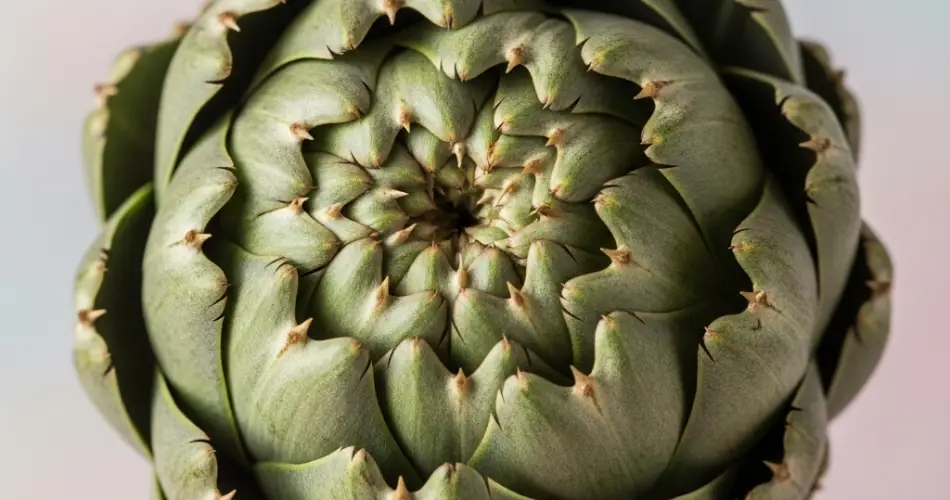Artichokes are a bold and beautiful addition to any garden, prized for their edible flower buds and striking foliage. To grow healthy, productive plants that yield large, flavorful heads, providing the right nutrients is essential. Fertilizing artichokes naturally is not only better for the environment, but also promotes long-term soil health and strong, vigorous growth. This guide explains how to fertilize artichokes organically for optimal results throughout the growing season.
Why Artichokes Need Nutrient Support
Artichokes are heavy feeders, meaning they draw a significant amount of nutrients from the soil to support their large size and high production. Without proper fertilization, plants may produce small buds, pale leaves, or show signs of stress like stunted growth.
Organic fertilizers provide a slow and steady release of nutrients, helping to build strong roots, promote lush foliage, and encourage the development of large, tender buds. These natural methods also improve the soil’s texture and microbial activity over time.
Preparing the Soil Before Planting
Fertilizing artichokes naturally starts with building healthy soil before planting. Whether you’re starting from seeds, crowns, or transplants, the initial soil preparation lays the foundation for success.
-
Add plenty of compost: Mix 3–4 inches of well-rotted compost into the top 12 inches of soil. This adds nutrients and improves drainage.
-
Incorporate aged manure: Well-aged cow, horse, or chicken manure provides a rich source of nitrogen and organic matter.
-
Test your soil pH: Artichokes prefer a slightly acidic to neutral pH of 6.5 to 7.5. Adjust with lime or sulfur as needed.
Amending the soil early on ensures that your artichokes have the nourishment they need to establish a strong root system.
Best Natural Fertilizers for Artichokes
Throughout the growing season, supplement your soil with natural fertilizers that support different stages of plant development. Here are some of the most effective organic options:
1. Compost and Compost Tea
Compost is the cornerstone of organic gardening. Apply a layer of compost around the base of your plants every 4–6 weeks to provide a continuous source of nutrients.
Compost tea, made by soaking compost in water, can be applied as a liquid feed to quickly boost nutrient availability, especially during periods of active growth.
2. Fish Emulsion
Fish emulsion is a high-nitrogen liquid fertilizer made from processed fish. It’s especially helpful early in the season when plants are developing foliage.
-
Mix according to label instructions.
-
Apply every 2–3 weeks during early growth.
-
Water into the soil around the plant’s base.
Use fish emulsion sparingly once buds begin forming, as excess nitrogen can delay flowering.
3. Seaweed Extract
Seaweed or kelp extract contains micronutrients, growth hormones, and potassium—perfect for supporting overall plant health and boosting resistance to stress.
-
Apply as a foliar spray or soil drench every few weeks.
-
Especially useful during dry or stressful weather conditions.
Seaweed works well in combination with other organic fertilizers to round out your nutrient program.
4. Bone Meal and Rock Phosphate
Both are excellent sources of phosphorus, which supports root development and bud formation. These slow-release fertilizers are best applied at planting time and once again mid-season.
-
Sprinkle bone meal or rock phosphate into the planting hole or around the base of mature plants.
-
Water in well to activate nutrients.
5. Worm Castings
Worm castings are rich in beneficial microbes and balanced nutrients. They improve soil texture and help retain moisture while feeding your plants gently.
-
Use as a top dressing around plants.
-
Mix into potting soil for container-grown artichokes.
Fertilizing Schedule for Artichokes
To keep artichokes healthy and productive, follow a regular feeding schedule:
-
At planting: Mix compost, bone meal, and worm castings into the soil.
-
Every 4–6 weeks: Apply compost and a liquid feed like fish emulsion or compost tea.
-
Mid-season (before bud formation): Add seaweed extract and additional compost or aged manure.
-
After harvesting: Top-dress with compost to support future growth or overwintering.
Avoid over-fertilizing, especially with nitrogen, which can lead to excessive leaf growth and fewer buds.
Other Tips for Stronger Artichoke Plants
-
Mulch around the base with straw or leaves to retain moisture and suppress weeds.
-
Water consistently, especially during dry periods, to keep the soil evenly moist.
-
Cut back old growth at the end of the season to reduce disease and encourage regrowth in mild climates.
-
Rotate crops to prevent soil nutrient depletion and reduce pest buildup.
By combining these organic fertilizing techniques with good cultural practices, your artichokes will grow vigorously and reward you with large, delicious heads season after season.
Conclusion
Natural fertilization is one of the most important steps in growing healthy, productive artichokes. Building fertile soil with compost, using slow-release organic amendments, and applying gentle liquid feeds throughout the season will keep your plants strong and thriving. With the right care and a little patience, your garden will yield beautiful, robust artichokes ready for your table.



